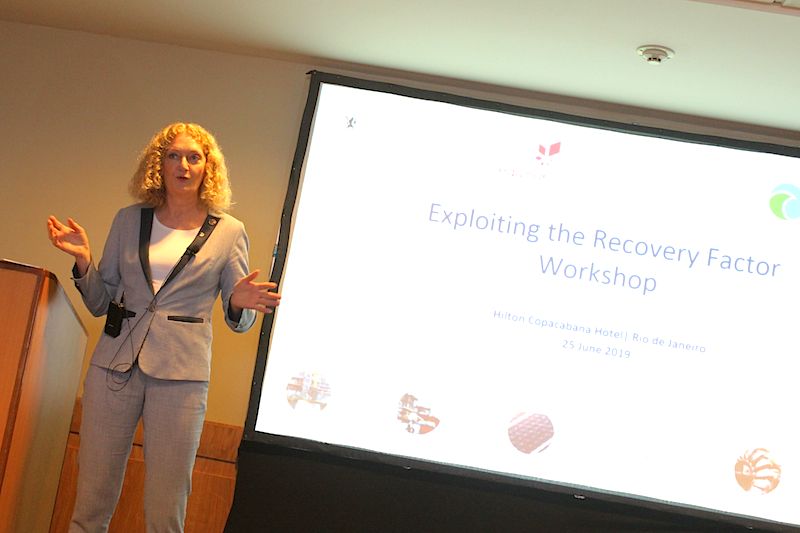
Consul General Marianne Fosland
An increased recovery factor is key to the Brazilian offshore industry’s future profitability, and Norwegian suppliers have solutions and services to unlock increased production.
In 2017, National Petroleum Agency (ANP) estimated the oil and gas recovery factor of the Campos Basin to be 23 percent while the world average final is 35 percent. A 1 percent increase in the Campos Basin would represent approximately 985 million boeds in new reserves.
On June 25, 2019, a workshop organized by NORWEP presented opportunities and addressed challenges that could be difficulting enhanced oil recovery in Brazil today. NORWEP works to promote Norwegian energy capabilities in international markets, and the seminar was organized in cooperation with Equinor and the Norwegian Consulate General in Rio de Janeiro.
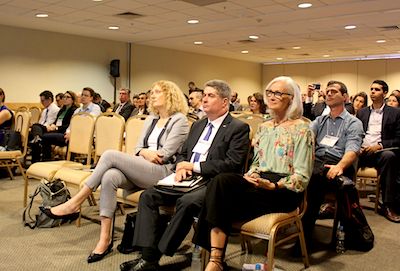
Norwep´s Gunn Vik and Adhemar Freire with Consul General Marianne Fosland.
Brazil is the second largest market to Brazil Norwegian oil service suppliers,and going forward Brazil will be the larrgest subsea market with 23 percent of the total spend. The seminar was moderated by NORWEP Regional Director Gunn Vik. Both the state of Rio de Janeiro and ANP were represented, and the opening presentation was provided by Consul General Marianne Fosland.
«Increased recovery is a timely subject for both Norway and Brazil, and according to the Norwegian Petroleum Directorate, the estimated recovery rate on the Norwegian Continental Shelf is 46 percent. The Campos Basin is also entering into a new cycle in its producing life with many aging fields. Our challenges are similar and there are great opportunities ahead in developing technology that will increase recovery. Norway and Brazil have a solid record of working together, and it is the role of everyone, both government, companies and academia to apply the best available technology that permits life extension and secures jobs, more tax revenues and more wealth for the population», she said in her opening remarks.
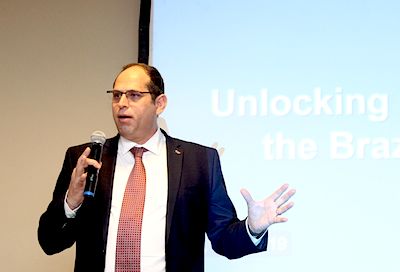
ANP director Felipe Kury.
Breaking point
ANP has encouraged activities to increase the attractiveness of mature fields, and ANP director Felipe Kury was the first speaker during the workshop, setting the stage with a presentation on recent changes in Brazilian E&P regulations.
«I believe we are at a breaking point to unleash a lot of new investments. We have three different E&P environments in Brazil and the challenge is to attract the right player for the right environment, beyond pre-salt. There are opportunities for smaller and mid-sized companies with the right skills. Earlier, no incentives were offered to go the extra mile, but now such incentives exist, like a reduction in royalties on mature fields. I believe we barely know the potential here», Mr. Kury said.
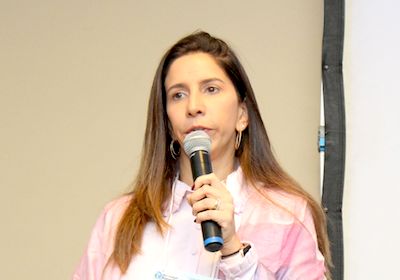
Rio Superintendent Meg de Luca is a strong believer in better times.
Ms. Meg de Luca spoke on behalf of the state of Rio de Janeiro. She is the Superintendent of oil and the naval industry in Rio. 54 percent of the mature fields offshore Brazil are located in the Campos Basin
«Rio is the Brazilian capital of energy and in the Campos Basin, recovery could reach 32 percent», she said, referring to numbers from Baker Hughes.
«Ten new companies have contacted us and demonstrated their interest. The state of Rio is working to simplify taxation and fiscal obligations and standardize procedures. Infrastructure and logistics as well as environmental licenses for redevelopment could be challenges, as well as decomissioning. But we believe that with clearer rules, more investors will come, and we believe Rio is going to change», she stated.
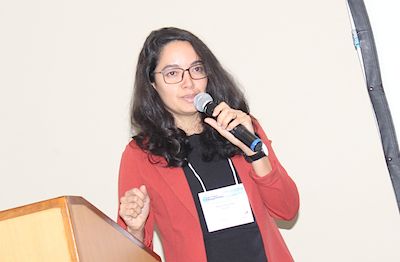
Always more to gain, according to Equinor´s Maria Clara Costa.
«IOR our biggest field»
Maria Clara Costa was invited to present the IOR strategy of Equinor to the workshop. She also gave examples from the Statfjord field, in production since 1979, and the Snorre field, where two new wells are executed to add five percentage points to the total recovery.
«We managed this through field life extension, improved injection strategies, drilling and completion technologies. Drilling efficiency and improvements have brought well cost down 40 percent. IOR is so important that is considered the biggest field we have in Equinor. The last field on NCS will always be increased recovery. We are always searching for more and continuously adding value. Collaboration is the key to success on the NCS and we need to work together to solve future challenges, she said.
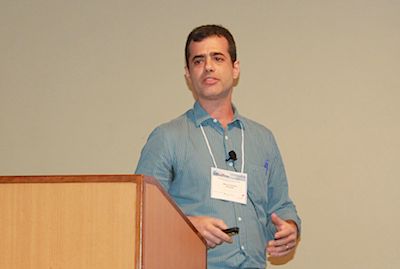
Marcos Faerstein, New opportunities and Recovery Manager of Petrobras.
Over the years, the production in the Campos Basin has been declining. There is a need for revitalization, as well as attracting new investments.
Petrobras aspires to increase the recovery factor on 12 important fields in the Campos Basin with five percentage points. Contract extensions are being negotiated with ANP, and new discoveries are also turning revitalization more interesting financially, unlocking new reserves.
«Petrobras is investing more than USD 20 billion throughout the next five years in the Campos Basin, and technology and partnerships will have a significant part in increasing the recovery factor and incorporating new reserves. The Campos Basin will continue to be very relevant in our portfolio for many years», Marcos Faerstein, New opportunities and Recovery Manager, said in his contribution to the workshop.
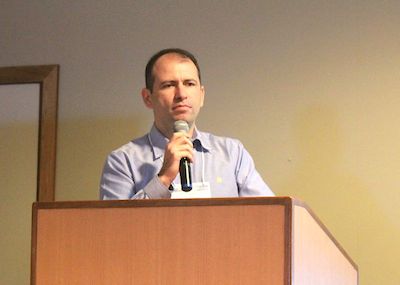
Francisco Francilmar, Wells, Subsea and Produciton Manager at PetroRio
On the Polvo field, PetroRio has managed to increase the recovery factor with 12 percent, and Francisco Francilmar, Wells, Subsea and Produciton Manager at PetroRio, shared experiences on the company´s strategy after acquiring the field in 2013. Originally, the field was to be decommissioned in 2016, but now decommissioning is scheduled for 2028 – a life extension of 12 years, and an increase in operational efficiency from 85 to 98 percent in field costs after revitalization campaigns.
«We can always do better and we are always looking for new partners and new technology that could contribute to reducing cost and increasing production», he said.
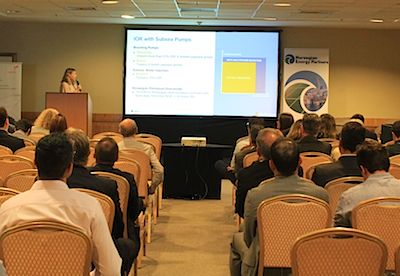
Sonja Hauge, Senior Manager Projects Front End, of Aker Solutions.
Matchmaking
In the second part of the workshop, suppliers presented their solutions and technologies for increased recovery. Sonja Hauge, Senior Manager Projects Front End, presented Aker Solutions´ experiences on IOR with the use of subsea boosting pumps. A case study she presented, shows a substantial increase in recovery on different levels. Ms. Hauge also presented the portfolio of pumps available.
Trond Olsen, president of ClampOn, talked about particle monitoring using intelligent ultrasonic ClampOn sensos for production optimization and enhanced asset integrity. «Sand management and monitoring equals reduced risk and cost while increasing production», he argued.
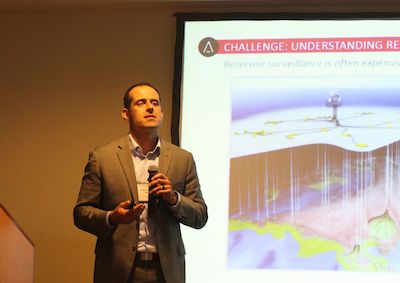
Vinicius Carvalho, VP of Americas, of RESMAN.
Vinicius Carvalho, VP of Americas, of RESMAN presented the intelligent tracer technology that his company has developed for reservoir monitoring. Equinor has over 75 wells with these tracers installed. Globally almost 600 wells have RESMAN tracers.
Gabriel Oliveira, General Manager of AKOFS Offshore Brazil presented an approach to riserless well intervention with specialized vessels in Brazil. He outlined experiences from Norway that could be applied in Brazil, reducing operating time and cost.
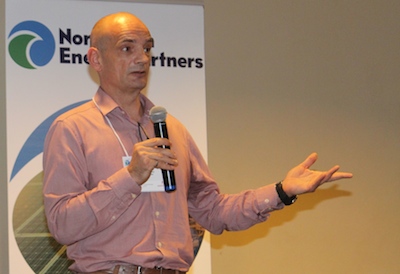
Richard Kettle, Business Development Manager, Latin America at OneSubsea.
Richard Kettle, Business Development Manager, Latin America at OneSubsea, then ended the session with a presentation called «Why not subsea processing?» which included many of the solutions and technologies that OneSubsea can provide, as well as successful case studies.
After a networking lunch, matchmaking between suppliers and PetroRio, Equinor and Petrobras through B2B meetings, took place.
By Runa Hestmann, NBCC journalist
(runa.tierno@nbcc.com.br)
:

